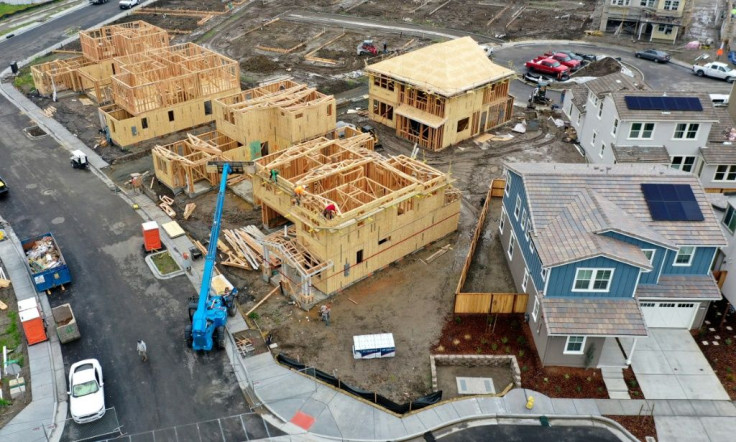US Economy: Home Building Jumps By 3.8% In October, Mortgage Interest Rates Decrease

The Commerce Department said Tuesday that U.S. housing starts increased by 3.8% in October to a seasonally adjusted rate of 1.31 million, likely due to lower mortgage interest rates and a relatively strong economy. Housing starts refers to the number of new houses on which construction has been started within a given period.
Construction of apartment buildings also increased by 6.8% from September to October.
Mortgage buyer Freddie Mac states that the average 30-year mortgage has an interest rate of 3.75%, in comparison with 4.94% a year ago. The Federal Reserve has lowered rates several times this year, which could be one reason why mortgages have become cheaper for borrowers.
The National Association of Home Builders/Wells Fargo housing market index, an indicator of home builder confidence, was 71 out of 100 in October, its highest level since February 2018. If the score is over 50, it indicates positive sentiment. The high score is also likely due to the low mortgage rates.
Some parts of the country saw more home building than others. Housing starts in the West jumped by 17.6% from September to October, while the Midwest saw an 8.7% increase. The South saw a 0.7% increase, while the Northeast saw a decline of 21.9%.
Yet many Americans are still struggling to afford building a new house, as starts are down by 0.6% as a whole this year. Buyers will have to pay for construction costs and building permits, along with the land itself. According to Homeadvisor.com, the average cost to build a new home is $296,828 in 2019, with a 2,000 square foot home costing about $150 per square foot.
Housing starts can provide a reflection on the economy as a whole. GDP grew at a better-than-expected rate of 1.9% in the third quarter of 2019.
© Copyright IBTimes 2024. All rights reserved.





















